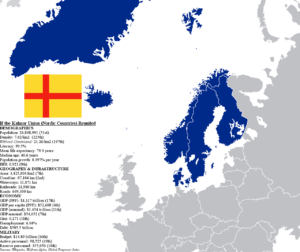Electric-powered vehicles or devices are like derivates market. The underlying stock is electricity in various forms of production and for not-so-first-world countries, the best cheap, and easy way is to produce using nuclear power at least giving them without a single day of the blackout.

In order to actually be able to use electric power, we need to have electricity in the order of 234,000 terawatt-hours. For normal usage but now with all this hype about Electric vehicles where are the sources to produce these orders of energy on top of the normal usage?
Nuclear power rebounds and increases 2% in 2021, reversing only half of the decline in output that took place in 2020. Seven new reactors came online in the second half of 2020 and Q1 2021, more than offsetting the three reactors retired over the same period. Up to ten more new reactors could be connected to the grid worldwide by the end of 2021, including four in China. Despite the increase in operational capacity over the course of the year, global nuclear power in 2021 remains slightly below the 2019 level.
Across advanced economies, nuclear power increases slightly in 2021, with output remaining 6% below 2019 levels. Nonetheless, nuclear remains the largest single source of low-carbon generation in these economies.
Nuclear power in the United States is expected to decline further in 2021, with five reactors scheduled to be retired during the year, leaving output more than 4% below 2019 levels. The anticipated declines in the United States in 2021 offset increases in other advanced economies. In Japan, the progressive restart of reactors is likely to increase nuclear output by 6% in 2021, reversing only a small fraction of the 30 TWh decline in output in 2020. Across the European Union, the output is set to increase by more than 2% in 2021, due primarily to higher electricity demand in France and a new reactor in Slovakia, but this increase is insufficient to make up for the drop in 2020. In emerging markets and developing economies, nuclear power is set to increase by over 5% in 2021, with new reactors coming online in several countries, led by China and complemented by new reactors in India, United Arab Emirates, Pakistan, and Russia. The growth in 2021 pushes output from nuclear to 8% above 2019 levels, with emerging market and developing economies increasing their share of global nuclear output to almost one-third, up from 29% in 2019.


